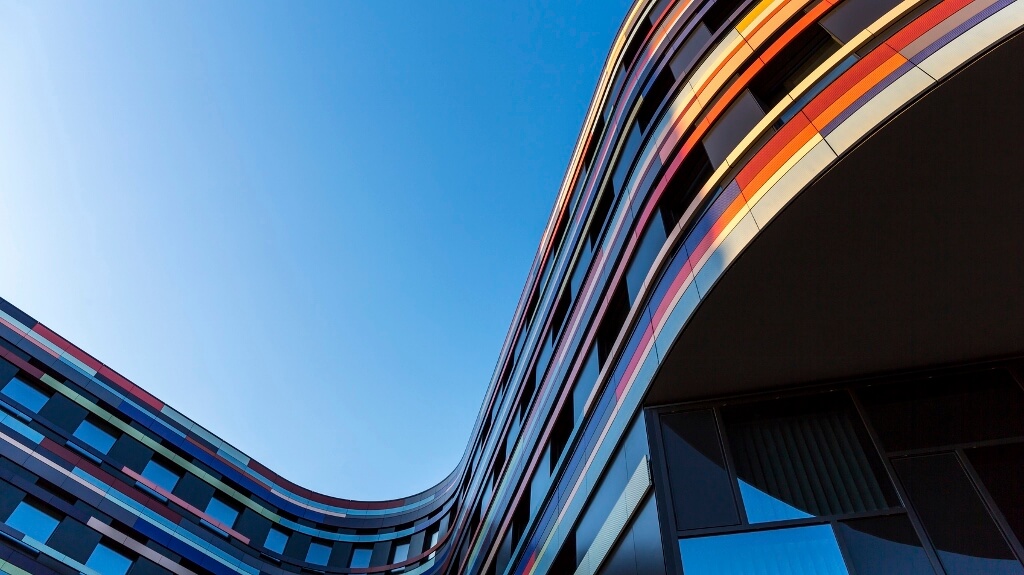Flexibility, communications and agile practices are all at the core of the future of successful UK businesses.
What Does The Future Of The Workplace Hold For Business Owners?
Flexibility, communications and agile practices are all at the core of the future of successful UK businesses.

Workplace trends have evolved over the last few years as it becomes increasingly important for businesses to improve productivity and maintain a happy workforce.
Advances in technology have made it easier to create a workplace structure that meets the needs of the employer as well as for their employee, particularly as having a good work-life balance is now high up on the agenda for lots of workers.
There has never been such an awareness of the impact of staff wellbeing on business results and in response to this we are seeing the structure of the workplace change. Almost all parts of day-to-day business are being reworked due to rapid growth in technology.
All this is contributing to the changes in the way that people work.
Technology
Rapid technological advances have made it possible for people to work from anywhere and remain productive. In fact, the ability to choose how and where you work can make a workforce more productive. Our own research showed more than half (60%) of office workers believed that working flexibly would make them more productive.
Business owners have recognised this and they are abandoning traditional ways of working in favour of more fluid work structures. Employees that are happier are more motivated and productive - businesses such as Vodafone and Volvo understand this and have implemented a flexible working structure to great effect.
Some of the technology that has made this all possible is video conferencing and tools like file sharing technologies, that make it possible to be anywhere in the world and still have the ability to communicate and effectively work as part of a team.
It’s possible for a business owner to increase efficiency while reducing cost – reducing the need to travel and the need to have face-to-face meetings, in turn minimising the cost of business expenses and saving time, while increasing the effectiveness of a meeting. Our research found that a third of people find face-to-face meetings to be a waste of time.
Workplace structure
The way the office is structured has changed, as businesses move towards a more agile way of working. Those in charge of large teams want to find the most cost-effective way of working, while improving productivity.
Remote working has allowed businesses to consider reducing the amount of office space they inhabit, reducing costs in the long term. This why there has been a rise of co-working spaces such as the Office Group and We Work, that reduce the necessity of having a large office.
Another solution has been to implement hot-desking, meaning businesses can effectively utilise a smaller working space, eliminating the need to provide a desk space for every employee. These co-working spaces and the use of technology is creating a more open environment that is encouraging employees to work and collaborate with different members of the team.
Recruitment
It has become more competitive for business owners who are looking to recruit top talent. They face competition from start-ups, who are offering modern working environments to attract potential employees, particularly graduates.
This is because innovation has changed how prospective employees interact with employers and it is something that start-ups understand. Established businesses need to understand this and adapt to more attractive ways of working.
It has never been more important to meet the expectations of potential candidates. Our own research found that over half (55%) of people believe flexible working is crucial when looking for their next job.
The traditional 9-5 office working day is becoming outdated and business owners are growing savvier to this, but their job is not done yet. It no longer meets the needs of the modern-day workforce, which expects a work-life balance as a minimum requirement when taking a job.
It is good to see more and more employers gradually embracing this and integrating modern ways of working, but they must remain in tune with the technology they implement, the structure of the workplace and their recruitment strategies to avoid missing out on the best talent to tech startups down the road.
Jason Downes is MD of Powwownow.
Thanks for signing up to Minutehack alerts.
Brilliant editorials heading your way soon.
Okay, Thanks!




